Hey there, fellow gear enthusiasts! Ever have one of those days where everything seems to be a minor inconvenience? The Amazon package arrives sealed with industrial-grade tape, a screw on your sunglasses comes loose, or you find yourself in a dimly lit parking garage fumbling for your car keys. We’ve all been there, feeling that pang of unpreparedness.
This is precisely where the philosophy of EDC, or Everyday Carry, transforms your day. It’s not about prepping for the apocalypse; it’s about curating a small, intelligent collection of items you carry daily to navigate life’s little obstacles with quiet competence. Your EDC is your personal utility belt, a testament to foresight and readiness.
As we rocket further into 2025, the landscape of our daily lives—and the tools we need to master it—is constantly evolving. Technology gets smarter, designs get sleeker, and our need for efficiency grows. That’s why we’ve dug deep to elaborate on our list of the 15 MUST-HAVE EDC essentials for the modern man. This isn’t just a list; it’s a guide to equipping yourself for a smoother, more capable life. Let’s gear up and dive in!
Table of Contents
1. The Indispensable Pocket Knife: Your Everyday Blade
The pocket knife is the undisputed king of EDC, the cornerstone upon which most great carries are built. From slicing open a box to cutting an apple on your lunch break or freeing a stray thread from your jacket, its utility is nearly limitless. A reliable blade isn’t just a tool; it’s a symbol of self-reliance.
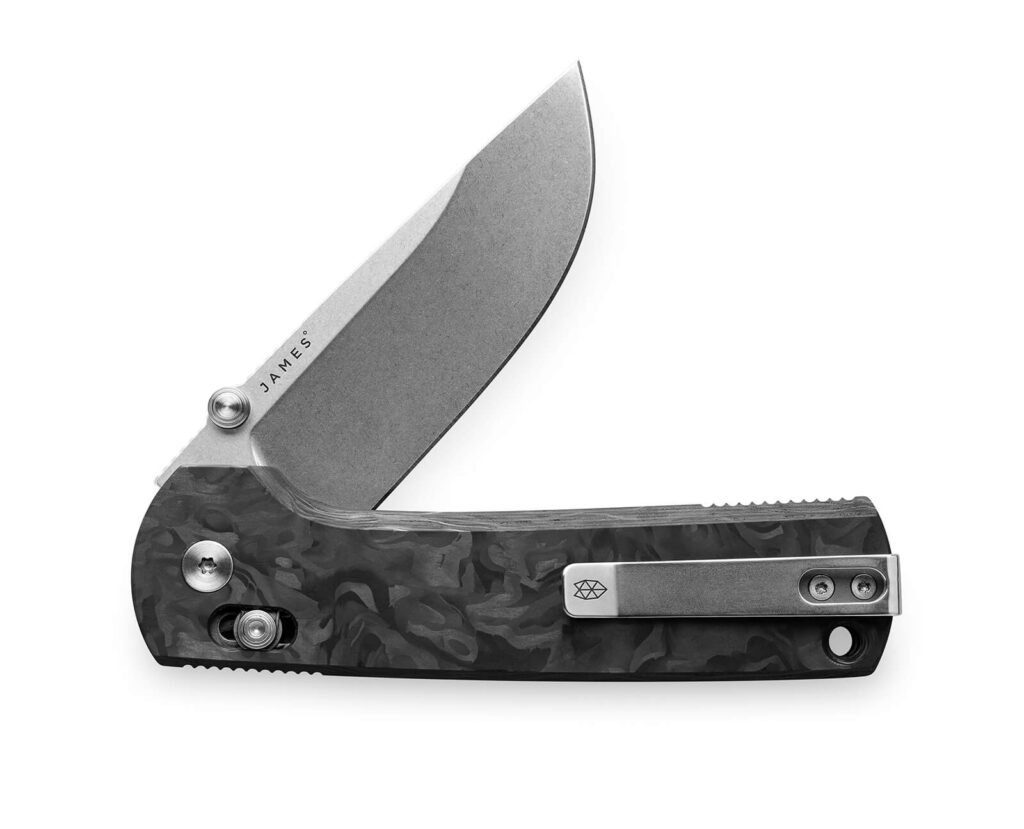
Diving Deeper for 2025: Modern metallurgy has given us incredible options. We’re far beyond simple “stainless steel.” Look for knives with premium blade steels like S35VN or M390, which offer a phenomenal balance of edge retention (staying sharp) and corrosion resistance. Locking mechanisms have also seen huge safety improvements. A secure frame lock or a smooth-operating axis lock ensures the blade stays put when you’re working, preventing dangerous accidents.
What to Look For:
- Blade Steel: For a great budget option, look at D2 steel. For an all-around performer, S30V or S35VN is fantastic. For the top-tier, M390 or 20CV is the gold standard.
- Locking Mechanism: Liner locks and frame locks are the most common and reliable. Look for a lock that is easy to engage and disengage with one hand.
- Handle Material: G10 and Micarta offer excellent grip and durability. Titanium and carbon fiber provide a premium, lightweight feel.
- Size: Check your local laws! For most urban environments, a blade length of under 3 inches (about 7.6 cm) is a safe and practical bet.
Pro Tip: Your knife is a tool that needs care. Learn how to clean, oil, and sharpen your blade. A sharp knife is a safe knife because it requires less force to cut, reducing the chance of slipping.
2. The Ubiquitous Smartphone: The Digital Command Center
Yes, it’s obvious, but its role in your EDC has become so profound it demands a closer look. In 2025, your phone is less a communication device and more the central processing unit for your entire life. It’s your wallet, your navigator, your field guide, your flashlight, and your emergency beacon, all in one sleek package.

Diving Deeper for 2025: Beyond apps, consider the hardware’s role in your preparedness. Phones with high IP ratings (like IP68) offer significant water and dust resistance, making them more resilient. Battery technology continues to improve, but our usage also increases. Your phone’s reliability in a power outage or an emergency situation is paramount.
What to Look For:
- Durability: Look for a high IP rating and the latest generation of Gorilla Glass for screen protection.
- Battery Life: Prioritize a model known for its longevity. A phone that dies halfway through the day is a liability.
- Secure OS: Choose a platform with a strong track record of security updates to protect your digital life.
Pro Tip: Don’t just rely on the phone itself. Pair it with a high-quality, protective case (from brands like OtterBox or Mous) and a tempered glass screen protector. This small investment can save you from a costly repair.
3. The Trusty Wallet: Streamlined and Secure
The era of the bulging, receipt-stuffed “dad wallet” is over. While digital payments are on the rise, physical cards, ID, and a bit of emergency cash are still essential. The 2025 wallet is about carrying what you need, securely and stylishly, without the bulk.
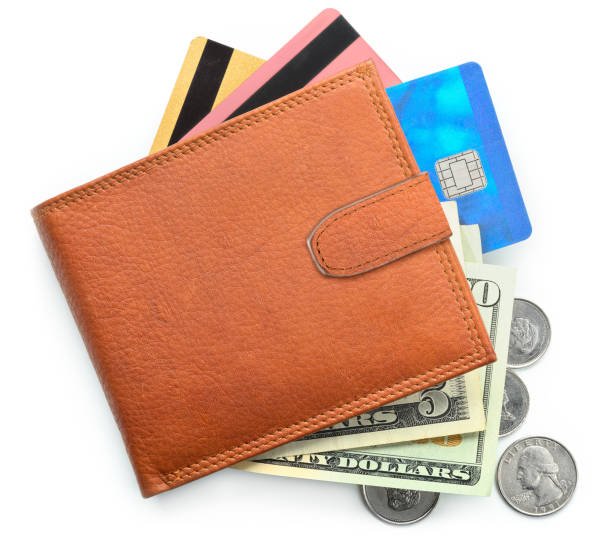
Diving Deeper for 2025: The biggest threat to your cards isn’t a pickpocket, but an electronic skimmer. RFID-blocking technology is no longer a luxury; it’s a necessity. This tech creates a protective shield around your cards, blocking attempts to wirelessly steal your information. Materials have also evolved, with options ranging from classic full-grain leather that patinas beautifully over time to minimalist designs in aluminum, titanium, or durable technical fabrics.
What to Look For:
- Profile: Do you prefer a traditional bifold, a slim cardholder, or a modular design? Choose what fits your pocket and your lifestyle.
- Capacity: Be realistic about how many cards you truly need to carry daily. Most minimalist wallets hold 4-8 cards comfortably.
- RFID Protection: Make this a non-negotiable feature.
Pro Tip: Perform a “wallet audit” every month. Go through your wallet and remove anything you haven’t used—old receipts, expired gift cards, etc. This keeps your carry lean and organized.
4. The Versatile Multi-Tool: Your Portable Toolkit
For those moments when a simple blade won’t suffice, the multi-tool is your hero. It’s the ultimate problem-solver, packing an arsenal of functions into a single, compact package. From tightening a loose screw on your glasses to opening a stubborn bottle or making a quick repair, it’s the embodiment of “be prepared.”
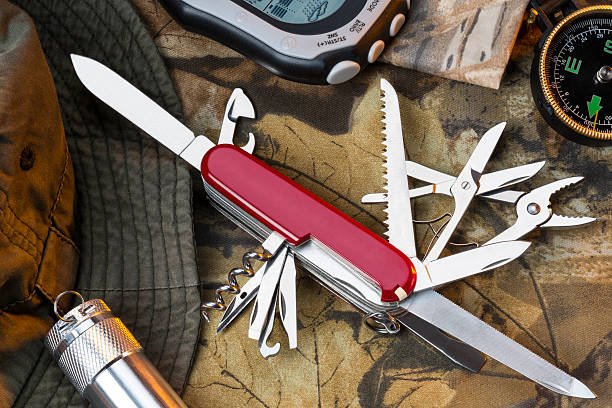
Diving Deeper for 2025: The key is finding a toolset that matches your life. An IT professional might need fine-tipped screwdrivers, while an outdoorsman might prioritize a wood saw and awl. Brands like Leatherman and Gerber now offer highly specialized tools, and many feature one-handed operation for ultimate convenience.
What to Look For:
- Primary Tools: For most people, a good set of pliers, a decent blade, and a combination of Phillips and flathead screwdrivers are the most critical components.
- Size and Weight: A full-sized tool like the Leatherman Wave+ is a workhorse but can be heavy. A smaller keychain tool like the Gerber Dime or Leatherman Squirt PS4 offers impressive functionality in a tiny package.
- Accessibility: Look for models that allow you to access some tools without fully opening the pliers.
Pro Tip: Don’t wait for an emergency to learn how to use your multi-tool. Spend some time at home opening each tool, understanding its function, and getting comfortable with its operation.
5. The Essential Keychain: The Launchpad for Your Carry
Your keychain does more than just hold keys; it’s a micro-EDC system in itself. A well-organized keychain keeps your essentials accessible, quiet, and untangled. It’s the difference between a jumbled, noisy mess and a sleek, efficient system.
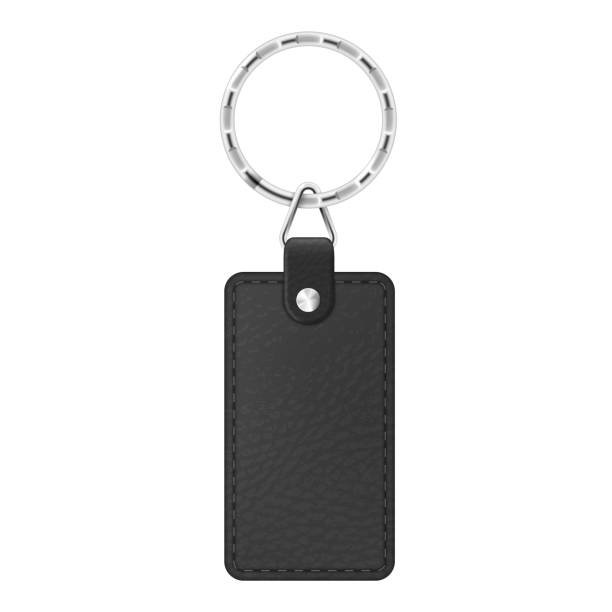
Diving Deeper for 2025: Forget the simple split ring. Modern keychain systems like the Keysmart or Orbitkey organize your keys like a Swiss Army knife, eliminating jingle and saving pocket space. High-quality carabiners or magnetic quick-release systems allow you to detach specific items (like your car fob) with ease.
What to Look For:
- Organization: A system that silences and organizes is a game-changer.
- Modularity: Choose a setup that allows you to easily add or remove items.
- Material: Titanium and brass are popular for their durability and the unique patina they develop over time.
Pro Tip: Separate your keys. Keep your daily keys (house, office) on your main keychain and store lesser-used keys elsewhere. This minimizes bulk and makes it easier to find the key you need.
6. The Reliable Pen: Mightier Than the Touchscreen
In a world dominated by screens, the simple act of writing something down with a physical pen has become more intentional and, at times, more effective. It doesn’t need a battery, it can be used to sign important documents, and it’s perfect for jotting down a thought before it vanishes.
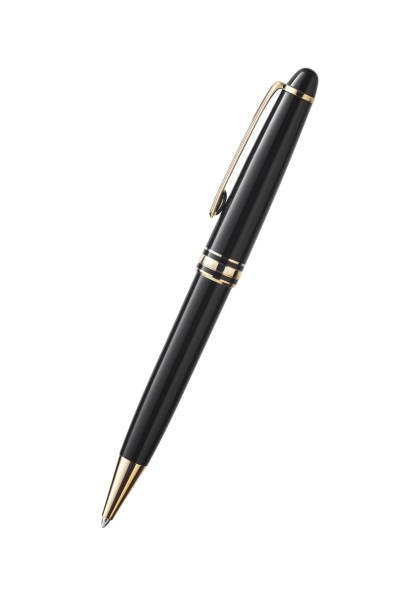
Diving Deeper for 2025: An EDC pen should be tough. Look for pens with metal bodies (aluminum, steel, titanium) that can handle being dropped or jostled in a pocket. Pens like the iconic Fisher Space Pen are legendary for their pressurized refills that can write upside down, underwater, and in extreme temperatures.
What to Look For:
- Durability: A metal body is a must.
- Refill Type: Make sure it uses a common refill (like a Parker-style or a Fisher PR4) so it’s easy to replace.
- Mechanism: A reliable clicky or bolt-action mechanism is often more convenient for quick deployment than a cap.
Pro Tip: Pair your pen with a small, pocket-sized notebook like those from Field Notes or Rite in the Rain. This analog combo is a powerful tool for creativity and memory that never runs out of battery.
7. The Illuminating Flashlight: Master of the Dark
Your phone has a flashlight, but it’s a drain on your primary device’s battery and lacks the power and durability of a dedicated light. A proper EDC flashlight can turn a potentially stressful situation—like a power outage or a flat tire at night—into a manageable task.
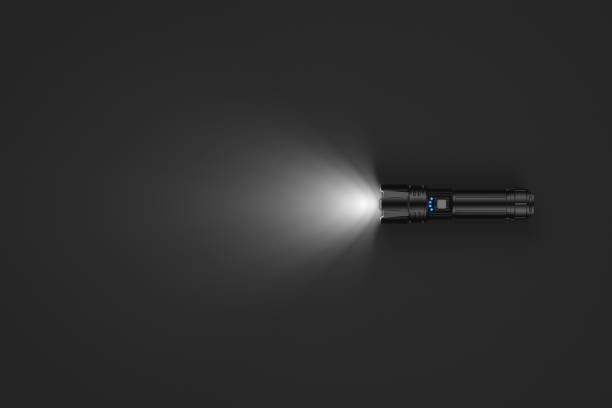
Diving Deeper for 2025: LED technology has made flashlights smaller, brighter, and more efficient than ever. Key metrics to understand are lumens (total brightness) and candela (beam intensity/throw distance). A good EDC light will have multiple modes, including a very low “moonlight” mode to preserve night vision and a high mode for maximum illumination.
What to Look For:
- Power Source: Do you prefer the convenience of USB-C recharging or the ubiquity of standard batteries like AA or CR123A?
- Output: For general use, 100-500 lumens is plenty. Multiple modes are essential.
- Size and Clip: It should be small enough to disappear in your pocket, and a good pocket clip is crucial for secure carry.
Pro Tip: Learn the different modes of your flashlight. A strobe function can be a useful signaling or disorientation tool in an emergency.
8. The Hydrating Water Bottle: Your Health Essential
This one is simple but critical. Proper hydration is key to cognitive function, energy levels, and overall health. Carrying your own water bottle saves money, is environmentally responsible, and ensures you always have water when you need it.

Diving Deeper for 2025: Insulation is the name of the game. A quality vacuum-insulated stainless steel bottle can keep your water ice-cold for 24 hours or your coffee hot for 12. This makes it a versatile container for any beverage, any time of year.
What to Look For:
- Material: 18/8 food-grade stainless steel is durable, won’t retain flavors, and is easy to clean.
- Insulation: Double-wall vacuum insulation is the standard for performance.
- Lid Type: Consider a leak-proof lid that suits your activity (e.g., a straw lid for the gym, a screw cap for your backpack).
Pro Tip: Get a bottle brush. Regularly cleaning your bottle and lid is essential for hygiene and preventing any funky buildup.
9. The Protective Face Mask: A Modern Courtesy
The world has changed, and being prepared now includes considerations for personal and public health. Having a clean, quality face mask in your bag or car is a sign of respect and readiness for situations where you might need or want one, like on public transport or in crowded indoor spaces.
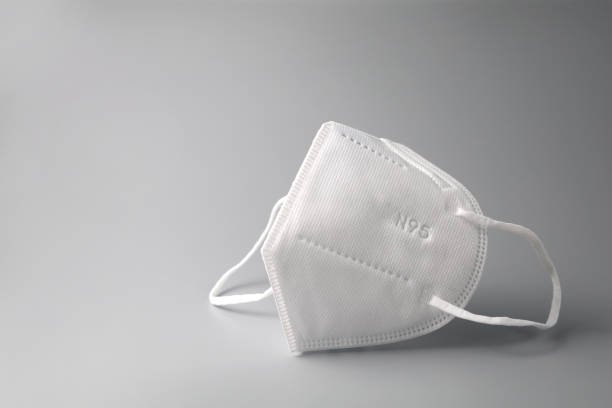
Diving Deeper for 2025: Comfort and breathability are key for a mask you’re willing to carry and wear. Look for multi-layer fabric masks with adjustable ear loops and a nose wire for a snug, comfortable fit that prevents your glasses from fogging up.
Pro Tip: Carry your mask in a small, dedicated pouch or a resealable plastic bag to keep it clean and separate from the other items in your pocket or bag.
10. The Sanitizing Hand Sanitizer: On-the-Go Hygiene
Good hand hygiene is one of the best ways to stay healthy. When soap and water aren’t available, hand sanitizer is the next best thing. It’s a simple, effective tool for post-commute clean-up or before eating on the go.
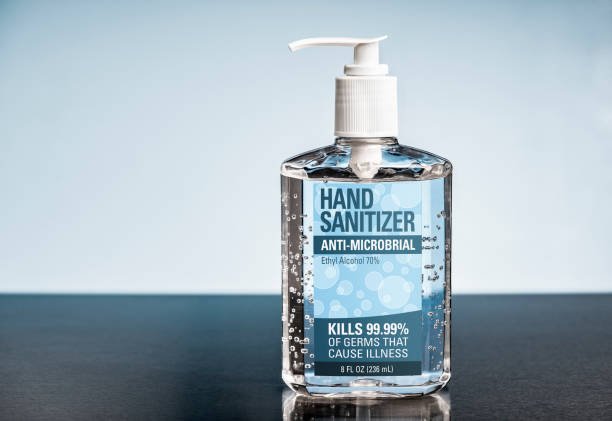
Diving Deeper for 2025: Not all sanitizers are created equal. The CDC recommends a sanitizer that contains at least 60% alcohol to be effective. Many brands now also include moisturizers like aloe vera to counteract the drying effects of the alcohol.
Pro Tip: Look for a small, travel-sized bottle with a secure, leak-proof cap. You can also buy larger bottles and refill your smaller EDC bottle to save money.
11. The Charging Power Bank: Your Digital Lifeline
Our reliance on technology means a dead battery can bring our day to a screeching halt. A portable power bank is the insurance policy that keeps your digital command center—your smartphone—up and running.
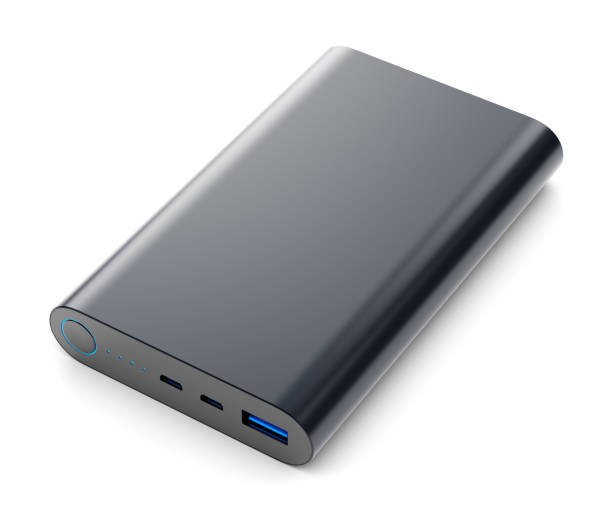
Diving Deeper for 2025: Capacity is measured in milliampere-hours (mAh). A 5,000mAh bank is slim and good for a single full charge on most phones. A 10,000mAh bank offers a great balance of size and capacity, while 20,000mAh+ banks are for serious power users. Look for modern features like USB-C Power Delivery (PD) for rapid charging of compatible devices.
What to Look For:
- Capacity: 10,000mAh is the sweet spot for most EDC users.
- Ports: Look for at least one USB-C (for modern devices) and one USB-A (for older ones).
- Size: It should be slim enough to not be a burden to carry.
Pro Tip: Always carry the appropriate cable for your device with the power bank. Many people remember the bank but forget the cord!
12. The Cord Organizer: Taming the Tech-Snake
If you’re carrying a power bank, earbuds, and maybe a charging cable for a laptop or watch, you’re dealing with a potential “rat’s nest” of cables. A simple organizer keeps them untangled, protected, and easy to find.
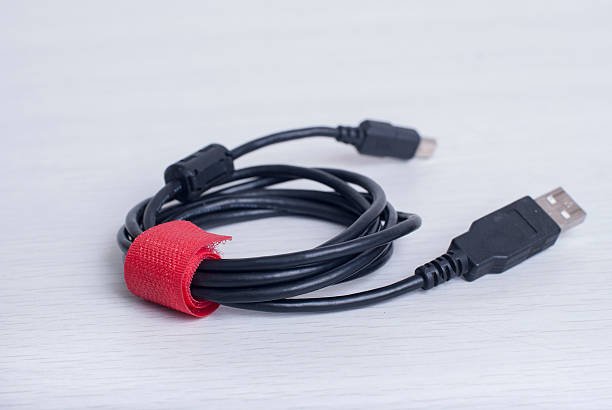
Diving Deeper for 2025: This can be as simple as a reusable Velcro tie or as sophisticated as a small tech pouch or leather “taco” that neatly coils your cable. The goal is to prevent damage and frustration.
Pro Tip: Standardize your cables where possible. If your phone, headphones, and power bank all use USB-C, you can reduce the number of cables you need to carry.
13. The First-Aid Kit (Mini): For Life’s Small Scrapes
You don’t need a paramedic’s bag, but a small, well-curated first-aid kit can handle the minor cuts, scrapes, blisters, and headaches that are a part of life. Being able to patch yourself or someone else up is a core tenet of self-reliance.
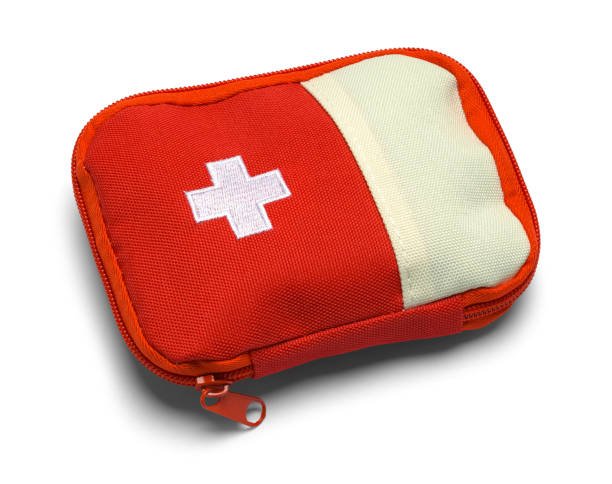
Diving Deeper for 2025: Build your own or buy a pre-made micro kit. The key is to cover the most common issues.
What to Include:
- Several sizes of adhesive bandages.
- Antiseptic wipes.
- A small packet of pain relievers (ibuprofen/acetaminophen).
- Blister treatment (like Moleskin).
- A pair of tweezers (for splinters).
Pro Tip: Store your mini-kit in a small, waterproof pouch or a mint tin to keep it protected and organized.
14. The Sunglasses: Vision Protection and Style
Sunglasses are more than a fashion accessory; they are essential safety equipment for your eyes. They protect your vision from harmful UV rays, reduce eye strain, and improve visibility by cutting down on glare.

Diving Deeper for 2025: The most important feature is 100% UVA/UVB protection. After that, consider polarized lenses. Polarization is a filter that dramatically reduces glare bouncing off surfaces like water, pavement, and snow, which is incredibly useful for driving or any outdoor activity.
Pro Tip: Invest in a hard case for your sunglasses. Throwing them in a pocket or bag is the fastest way to get them scratched or broken.
15. The Small Notebook (Backup): Analog Reliability
We’ve mentioned the pen, but its partner, the notebook, deserves its own spot. It’s your analog cloud, a place for ideas, lists, sketches, and information that is immune to dead batteries, glitches, or a lack of signal.
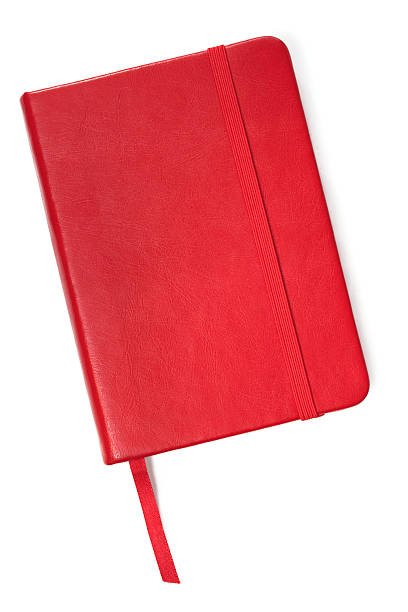
Diving Deeper for 2025: In an age of digital distraction, the focused, tactile act of writing in a notebook can be a powerful tool for clarity and creativity. Look for durable options like “Rite in the Rain” notebooks, which feature water-resistant paper perfect for any environment.
Pro Tip: Use a “bullet journal” style system to organize your notes, to-do lists, and thoughts. A simple system of symbols can turn a blank notebook into a highly efficient personal organizer.
Your EDC Questions, Answered! (FAQ)
Diving into the world of Everyday Carry can bring up a few questions. We’ve compiled some of the most common ones we hear to help you get started on your EDC journey with confidence.
1. What does EDC actually stand for?
EDC stands for Everyday Carry. It refers to the collection of useful, functional items you carry on your person every single day. The core idea is to be prepared for the small, common challenges you might encounter, making your day-to-day life more efficient and a lot smoother.
2. Isn’t carrying all this stuff heavy and bulky? My pockets are already full!
This is a very common concern! A good EDC isn’t about loading your pockets until you can’t walk straight. It’s about making smart, intentional choices. Start with modern, slim versions of the things you already carry, like a minimalist wallet. Utilize tools like keychain organizers to reduce jingle and bulk.
The key is to find a balance that works for you. Many people practice “pocket management,” dedicating specific pockets to certain items (e.g., front right pocket for the knife, front left for the phone). For more extensive carries, a small EDC pouch or a sling bag can keep your gear organized without weighing down your pants.
3. I’m a beginner and this feels overwhelming. Where do I even start?
Don’t try to build the “perfect” EDC overnight! The best way to start is by looking at what you already carry: your Phone, Wallet, and Keys. This is often called the “EDC Trinity.” From there, think about a recurring problem in your daily life. Do you often wish you had a knife to open packages? Start by adding a small, reliable pocket knife. Do you find yourself in dark situations often? A keychain flashlight is a great next step. Add one item at a time and see how much you actually use it. Your EDC should evolve naturally with your needs.
4. Is EDC an expensive hobby? Do I need to buy high-end gear?
While you can spend a lot of money on premium, high-end gear (and it’s fun to do so!), you absolutely do not have to. The EDC community values function and reliability above all else. There are fantastic, highly-respected budget options in every single category. For example, a $20 Opinel knife from France has been a trusted EDC tool for decades. The goal is to have a tool that works when you need it, not to have the most expensive one on the block. Start with affordable, reliable gear and upgrade pieces over time as you discover what you truly value in a tool.
5. Is it legal to carry a pocket knife everywhere?
This is an extremely important question. Knife laws vary drastically depending on your country, state, and even your specific city or municipality. What is perfectly legal to carry in one place may be illegal in another. Laws can regulate blade length, locking mechanisms, opening mechanisms (like automatic or “switchblade” knives), and whether the knife is concealed or openly carried.
Before you ever carry a knife, it is your responsibility to research and fully understand the specific laws in your local area. A quick search online for “[Your City/State] knife laws” is an essential first step for any responsible EDCer.
6. What’s the real difference between EDC and being a “prepper” or survivalist?
There’s definitely some overlap, but the focus is different. EDC is about solving everyday problems. Think opening mail, tightening a screw, lighting a dark path, or patching a small cut. It’s about daily convenience and competence.
Prepping or survivalism, on the other hand, is generally focused on preparing for larger-scale, less common disaster scenarios, such as natural disasters, long-term power outages, or civil unrest. An EDC kit is for Tuesday afternoon; a prepper’s “bug-out bag” is for a major crisis. Your EDC is the first line of defense, handling the 99% of things you’ll actually encounter.
It’s a Mindset, Not Just a Pocket Dump
There you have it—a deep dive into the 15 essential EDC items that will prepare you for whatever 2025 has in store. Remember, building the perfect Everyday Carry is a personal journey. It’s not about buying everything on this list; it’s about intentionally choosing the tools that solve the problems you face in your daily life.
Your EDC reflects a mindset: a mindset of preparedness, problem-solving, and quiet competence. It’s about making your own life, and potentially the lives of those around you, a little bit smoother and safer.
Ready to upgrade your carry?
Don’t just think about it, take the next step! Browse our curated collections over at MindGearMen to find high-quality, reliable gear that’s built to last. We’ve hand-picked the best knives, multi-tools, flashlights, and more to help you build your ultimate EDC.
What’s the one EDC item you absolutely cannot leave the house without? Let us know in the comments below—we’d love to hear from our community of gear-minded individuals!


